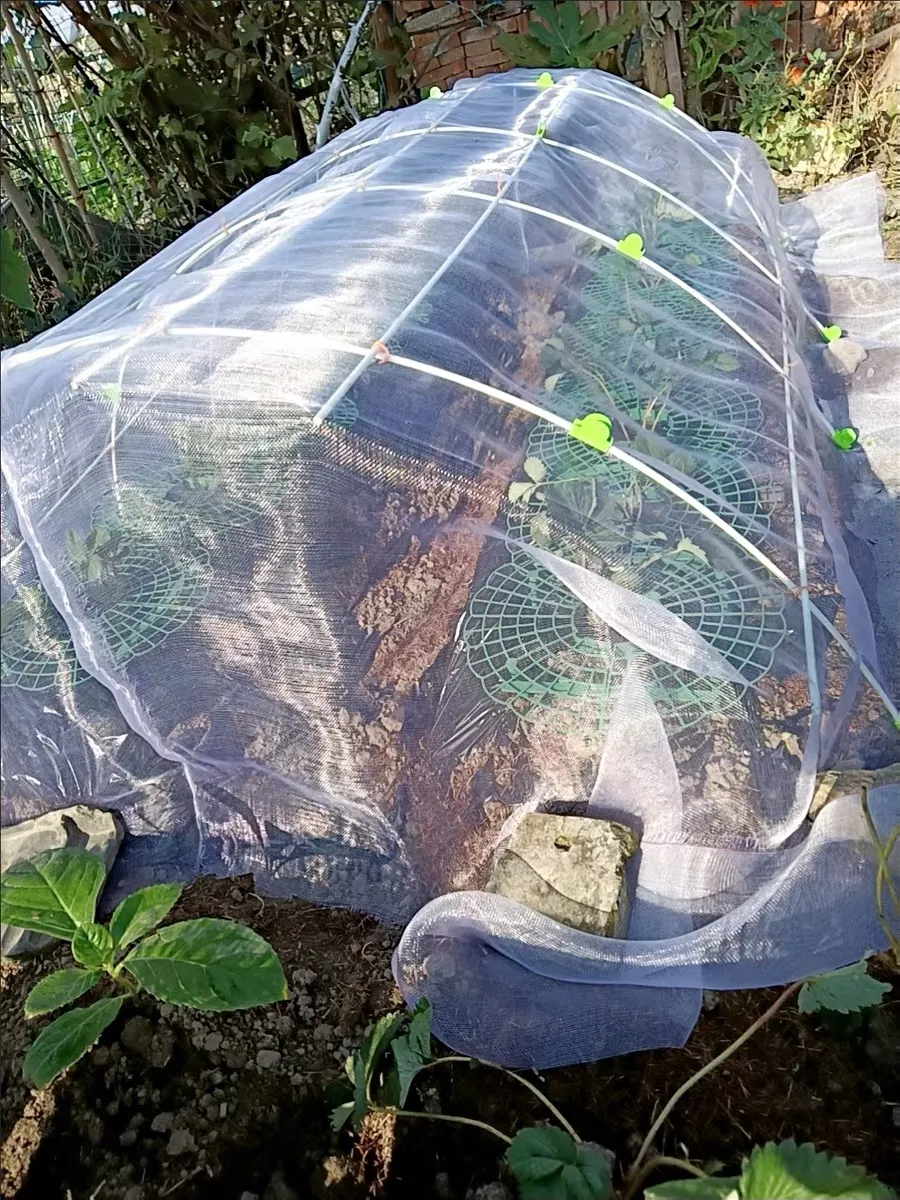-
 Afrikaans
Afrikaans -
 Albanian
Albanian -
 Amharic
Amharic -
 Arabic
Arabic -
 Armenian
Armenian -
 Azerbaijani
Azerbaijani -
 Basque
Basque -
 Belarusian
Belarusian -
 Bengali
Bengali -
 Bosnian
Bosnian -
 Bulgarian
Bulgarian -
 Catalan
Catalan -
 Cebuano
Cebuano -
 China
China -
 Corsican
Corsican -
 Croatian
Croatian -
 Czech
Czech -
 Danish
Danish -
 Dutch
Dutch -
 English
English -
 Esperanto
Esperanto -
 Estonian
Estonian -
 Finnish
Finnish -
 French
French -
 Frisian
Frisian -
 Galician
Galician -
 Georgian
Georgian -
 German
German -
 Greek
Greek -
 Gujarati
Gujarati -
 Haitian Creole
Haitian Creole -
 hausa
hausa -
 hawaiian
hawaiian -
 Hebrew
Hebrew -
 Hindi
Hindi -
 Miao
Miao -
 Hungarian
Hungarian -
 Icelandic
Icelandic -
 igbo
igbo -
 Indonesian
Indonesian -
 irish
irish -
 Italian
Italian -
 Japanese
Japanese -
 Javanese
Javanese -
 Kannada
Kannada -
 kazakh
kazakh -
 Khmer
Khmer -
 Rwandese
Rwandese -
 Korean
Korean -
 Kurdish
Kurdish -
 Kyrgyz
Kyrgyz -
 Lao
Lao -
 Latin
Latin -
 Latvian
Latvian -
 Lithuanian
Lithuanian -
 Luxembourgish
Luxembourgish -
 Macedonian
Macedonian -
 Malgashi
Malgashi -
 Malay
Malay -
 Malayalam
Malayalam -
 Maltese
Maltese -
 Maori
Maori -
 Marathi
Marathi -
 Mongolian
Mongolian -
 Myanmar
Myanmar -
 Nepali
Nepali -
 Norwegian
Norwegian -
 Norwegian
Norwegian -
 Occitan
Occitan -
 Pashto
Pashto -
 Persian
Persian -
 Polish
Polish -
 Portuguese
Portuguese -
 Punjabi
Punjabi -
 Romanian
Romanian -
 Russian
Russian -
 Samoan
Samoan -
 Scottish Gaelic
Scottish Gaelic -
 Serbian
Serbian -
 Sesotho
Sesotho -
 Shona
Shona -
 Sindhi
Sindhi -
 Sinhala
Sinhala -
 Slovak
Slovak -
 Slovenian
Slovenian -
 Somali
Somali -
 Spanish
Spanish -
 Sundanese
Sundanese -
 Swahili
Swahili -
 Swedish
Swedish -
 Tagalog
Tagalog -
 Tajik
Tajik -
 Tamil
Tamil -
 Tatar
Tatar -
 Telugu
Telugu -
 Thai
Thai -
 Turkish
Turkish -
 Turkmen
Turkmen -
 Ukrainian
Ukrainian -
 Urdu
Urdu -
 Uighur
Uighur -
 Uzbek
Uzbek -
 Vietnamese
Vietnamese -
 Welsh
Welsh -
 Bantu
Bantu -
 Yiddish
Yiddish -
 Yoruba
Yoruba -
 Zulu
Zulu
plastic net
The Impact of Plastic Nets on the Environment
In recent years, the proliferation of plastic materials has significantly impacted diverse sectors, ranging from agriculture to fishing. One notable application of plastic is the use of plastic nets. These nets, made from synthetic fibers, have become integral tools in various industries, facilitating operations while raising concerns regarding environmental sustainability.
Plastic nets are commonly used in aquaculture for fish farming, enabling farmers to protect their stock from predators while allowing water flow and light penetration. Additionally, they play a critical role in agriculture, where they are employed as shade nets, insect nets, and for supporting climbing plants. Their flexibility, durability, and lightweight nature make them an attractive choice for farmers and fishermen alike.
However, the extensive use of plastic nets presents significant challenges. One of the major environmental issues associated with plastic nets is their contribution to marine pollution. When discarded or lost in the ocean, these nets can persist for years, becoming a part of the so-called “Great Pacific Garbage Patch” and other marine debris hotspots. Marine life is severely affected, as animals often become entangled in these nets, leading to injury or death. Additionally, the ingestion of microplastics from degraded nets poses a threat to aquatic ecosystems and food chains, ultimately impacting human health as well.
plastic net

Another concern is the process of manufacturing plastic nets, which typically involves the use of non-renewable resources and energy-intensive production methods. The extraction of fossil fuels for plastic production contributes to greenhouse gas emissions, exacerbating climate change. Moreover, the eventual disposal of plastic nets, which are not biodegradable, leads to further environmental degradation as they accumulate in landfills or natural habitats.
To mitigate these issues, several innovative solutions and alternatives to traditional plastic nets are emerging. Biodegradable netting materials made from natural fibers or bioplastics are being developed, offering sustainable options that reduce environmental impact. Additionally, initiatives aimed at enhancing recycling processes or creating systems for recovering lost nets from marine environments are gaining traction.
Public awareness and education about the responsible use of plastic nets are crucial in promoting environmentally friendly practices among consumers and industries. Encouraging a shift toward sustainable alternatives and supporting regulations aimed at minimizing plastic waste can help preserve ecosystems and ensure a healthier planet for future generations.
In conclusion, while plastic nets provide significant benefits across various industries, their environmental impact cannot be overlooked. By embracing innovative solutions and fostering a culture of sustainability, we can reduce the detrimental effects of plastic nets on our planet while continuing to benefit from their practical applications.
-
Shipping Plastic Bags for Every NeedNewsJul.24,2025
-
Safety Netting: Your Shield in ConstructionNewsJul.24,2025
-
Plastic Mesh Netting for Everyday UseNewsJul.24,2025
-
Nylon Netting for Every UseNewsJul.24,2025
-
Mesh Breeder Box for Fish TanksNewsJul.24,2025
-
Expanded Steel Mesh Offers Durable VersatilityNewsJul.24,2025











